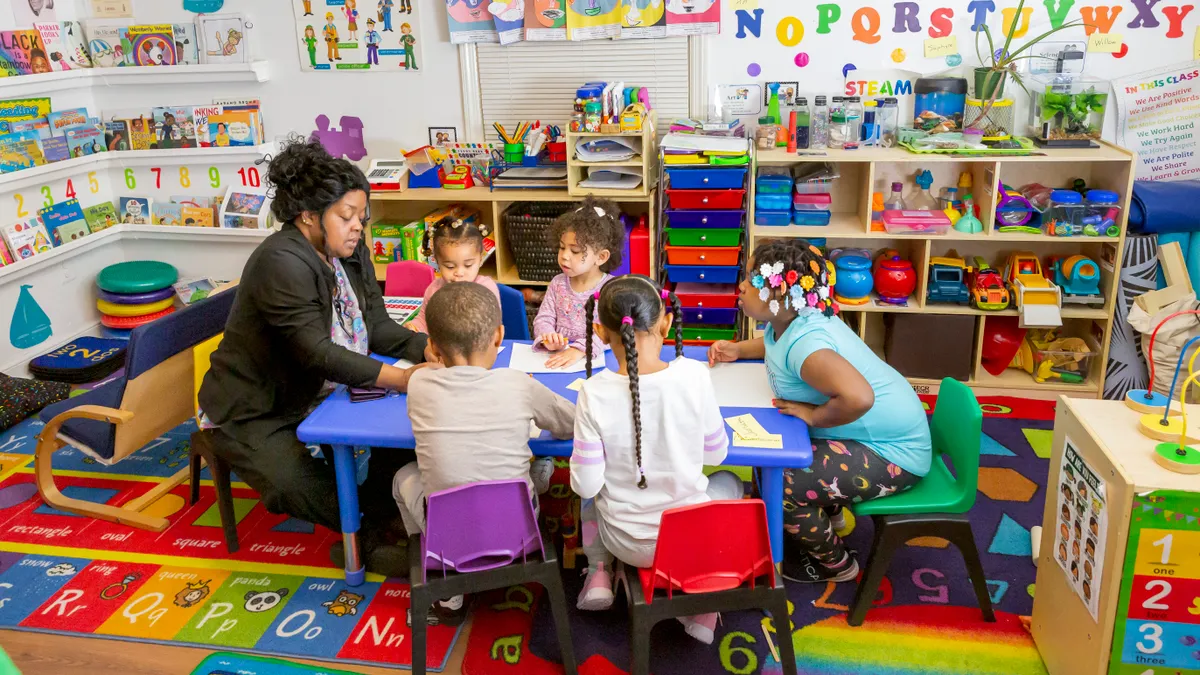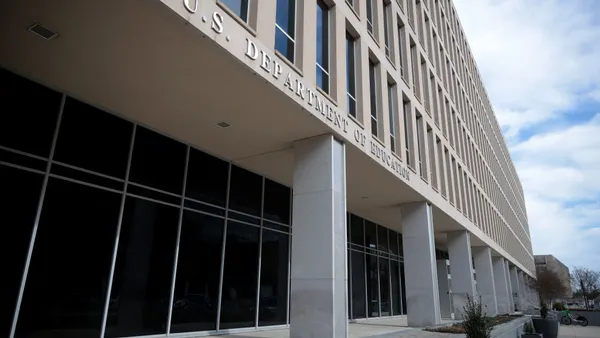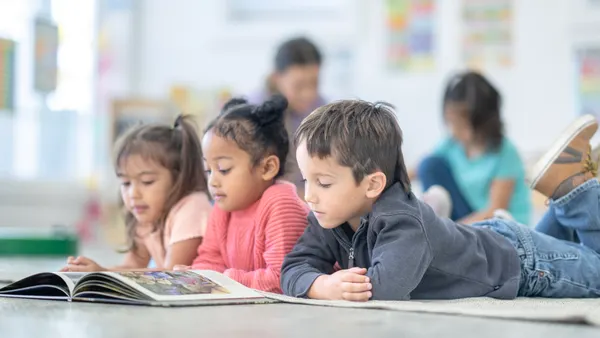Dive Brief:
- Music classes can serve as a way to help students develop social-emotional learning skills, and activities that build these tools can be introduced into classrooms as early as preschool, according to an Edutopia article by Laura Petillo, early childhood advocate and music educator at the Basie Center for the Arts, and Kerry Carley Rizzuto, associate professor of early childhood education at Monmouth University.
- Educators can use, for example, specific musical pieces such as Beethoven’s Fifth Symphony or “Louisiana Blues” by Muddy Waters as a bridge to serve as a stepping stone to talk about feelings such as sadness, or to lead into lessons on a genre like the blues and how it was created to “express sadness and hardship.”
- Other styles of music can be used as well, such as the jazz and bossa nova piece "Águas de Março," to tap as stepping stones to mindfulness. Educators can then lead discussions of the style of the music and also how it makes the students feel more aware of themselves and their environment.
Dive Insight:
Art classes and programming can act as a natural vehicle to seed social-emotional learning opportunities into classrooms. In this way, educators can better support students' emotional growth across the K-12 curriculum.
Visual and performing arts programs can specifically help students develop SEL skills, from impulse control to delayed gratification. Arts classes can also help to strengthen community among students by encouraging them to cooperate, communicate and also support each other, notes the National Association for Music Education.
Additionally, art can serve as a method for helping students learn to manage their own stress, which may be helpful when school returns this fall after the impacts of COVID-19 over the past year. Students can use art to channel their feelings, thoughts or worries, strengthening one of the core tenets of SEL competencies, self-management.
Whether schools are leading drumming circles to help boost student confidence or weaving dance and movement into math classes to encourage engagement and motivation, these steps can help students develop SEL skills to better support their learning and engagement.





 Dive Awards
Dive Awards







